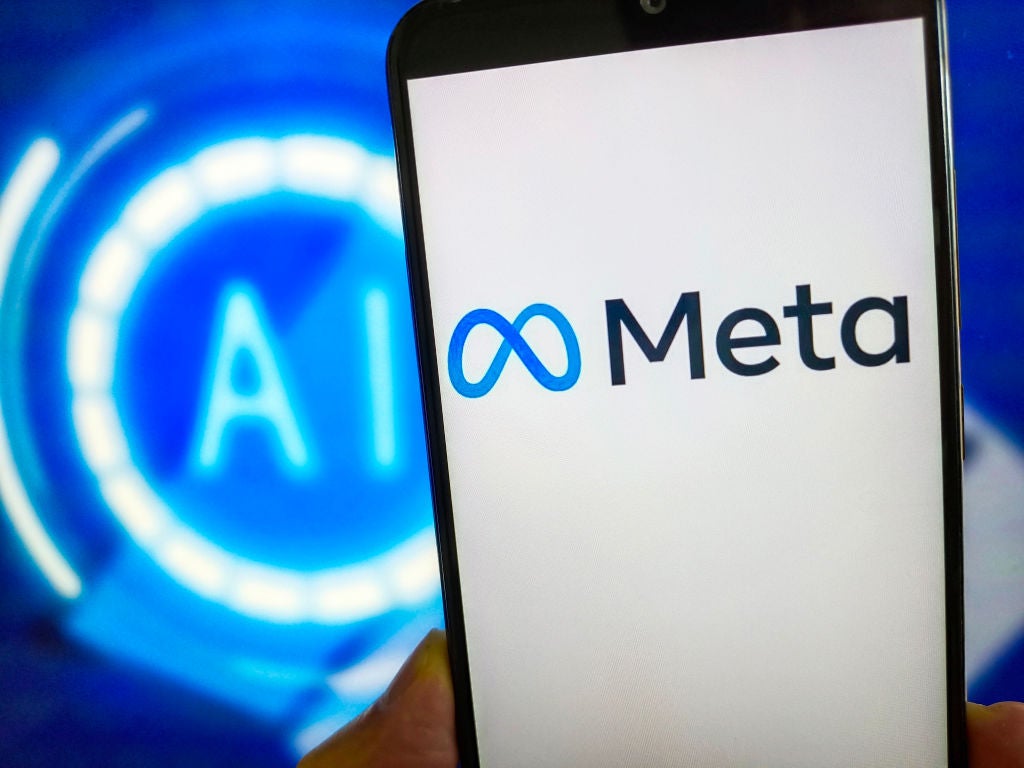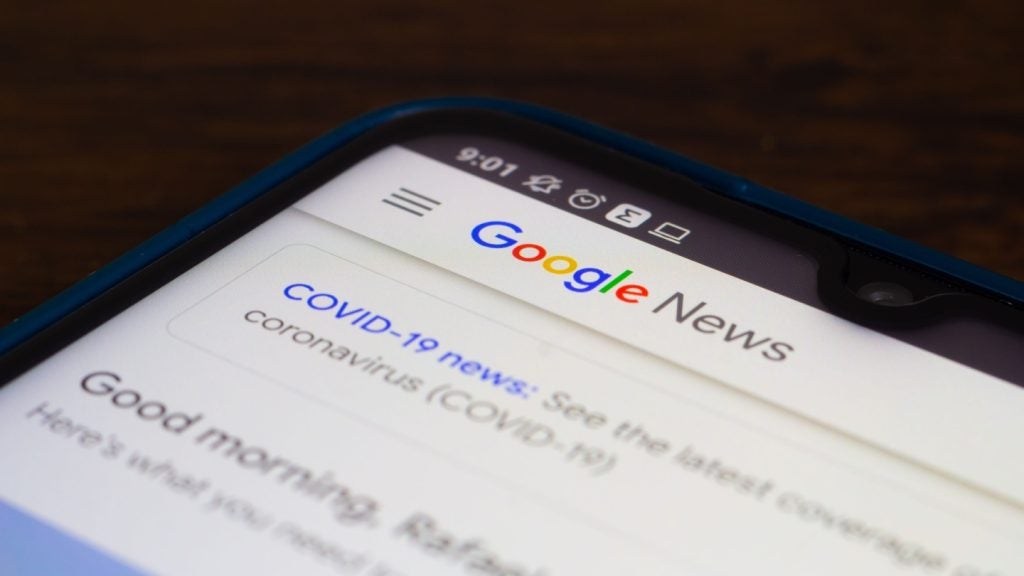
For creators looking to finance a project, one increasingly viable method is crowdfunding.
The practice allows creators to share their concept or idea online. They describe the project and roughly how much it will cost to finance.
Anyone interested can back the project and donate money towards the total goal. Often creators choose to give early access or discounts on the final products to backers.
If enough backers contribute to the project and it reaches its funding goal before a certain deadline, the creator can make their idea a reality.
As it stands, there are plenty of options for creators looking to crowdfund their work. The most well-known options are Kickstarter, Patreon, Crowdfunder, Crowdrise, and, of course, Indiegogo.
All are slightly different but they all follow the same basic principle.
How well do you really know your competitors?
Access the most comprehensive Company Profiles on the market, powered by GlobalData. Save hours of research. Gain competitive edge.

Thank you!
Your download email will arrive shortly
Not ready to buy yet? Download a free sample
We are confident about the unique quality of our Company Profiles. However, we want you to make the most beneficial decision for your business, so we offer a free sample that you can download by submitting the below form
By GlobalDataHowever, in 2017, Indiegogo launched Marketplace — something it hopes will change the way people shop and provides an alternative route-to-market for first-time creators and entrepreneurs.
How Indiegogo Marketplace differs from traditional crowdfunding
The trouble with crowdfunding is that there’s no guarantee that backers will ever see a finished product.
If the creator’s estimates prove incorrect, there’s a chance they could run out of funds before the project reaches completion. Likewise, regulators may not approve the product.
In addition, if a concept doesn’t hit its funding goal before the deadline then it has to start from square one.
Indiegogo Marketplace offers something very different. Joel Hughes, Indiegogo UK and Europe director, told Verdict:
The Indiegogo Marketplace is a curated collection of today’s newest and most innovative consumer products, whether or not they were funded on Indiegogo, that are all guaranteed to ship.
We introduce a select group of new Marketplace products to our community every week and our entrepreneurs ship their products directly to their customers. Unlike crowdfunding, Marketplace sellers can stay in Marketplace as long as they’d like in order to continue making sales.
This means that customers can find unusual and innovative products that they’re guaranteed to get their hands on, removing much of the risk from buying such items online.
It also means that creators have a place to sell their products outside of traditional online retailers.
For these reasons, Hughes said that Marketplace fits into Indiegogo’s existing business:
Before Marketplace, Indiegogo didn’t have a solution for the entrepreneur when they finally completed manufacturing and were ready to ship.
Marketplace was a natural extension of our existing services, and has meant that even entrepreneurs who have never crowdfunded have access to a community of backers that are always on the lookout for the latest and greatest products.
A community shopping experience
Indiegogo is coming to the online shopping game quite late. No matter how successful the Indiegogo Marketplace proves, it will struggle to compete with the likes of Amazon and eBay.
But while Amazon and eBay have a vast remit, Indiegogo Marketplace’s customers are a specific type of person.
Hughes said:
Entrepreneurs love the Indiegogo Marketplace because of the community of early adopters and technology enthusiasts we’ve amassed over the last ten years. They also have the unprecedented opportunity to critical, direct communication with their customers, and build a lifelong customer base.
Marketplace’s biggest success stories demonstrate this trend, according to Hughes:
Generally speaking, the products that are a good fit for crowdfunding on Indiegogo, are the also successful Marketplace products. We’ve seen audio, outdoor, sleep, kitchen and smart home space products do extemely well.
What stands out about the Marketplace is that all products are things that consumers would want rather than need. The products are luxuries on a different level, conversation pieces rather than up-market versions of essentials.
The products appeal to those for whom shopping is a hobby rather than a necessity.
Arguably, this is very much in the spirit of crowdfunding. Few go onto crowdfunding sites because they need something in particular. They visit these websites to explore ideas and concepts to fund with their disposable income.
A favourite for customers
While Hughes couldn’t release any financial data about the Marketplace, he did tell Verdict that the concept is proving popular with customers and creators:
“We’ve had an overwhelmingly positive response from both our customers and sellers. Sellers love being able to to reach our community on an ongoing basis, and our customers love being introduced to hundreds of products that they’ve never seen.”
In addition, the concept is good business for Indiegogo.
The company believes it will help bring in new customers who may be keen on being persuaded to actually back crowdfunded projects in the future:
“The fact that these products are guaranteed to ship is also a great way for consumers who are interested in crowdfunding, but not yet ready to back a crowdfunding campaign.”
Indiegogo’s Marketplace is an online bazaar where people can go to explore, making it different from the likes of Amazon and eBay. Shoppers are tempted by impulse purchases and innovative non-essentials. The thrill is in the searching, not necessarily the finding.
For those looking for luxury and innovation, online platforms such as this could be a key part of the future of shopping.







